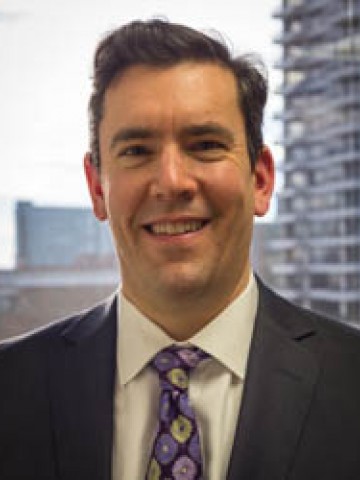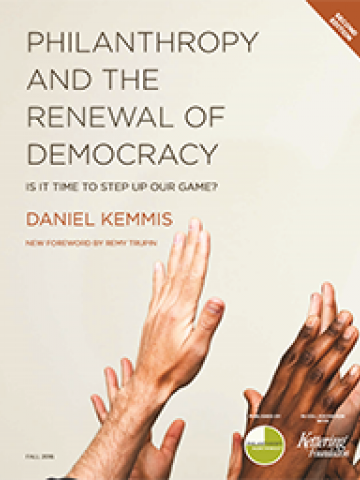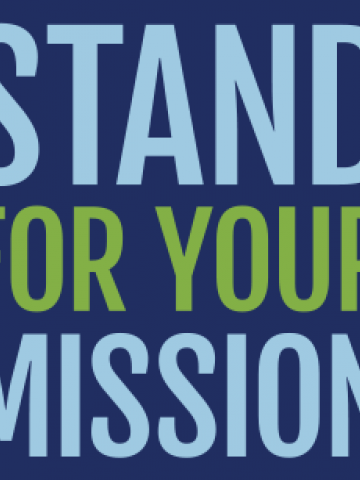As Americans consider whether to vote for Hillary Clinton or Donald Trump for president, we've also put the Clinton Foundation and Trump Foundation under the microscope, peppering both organizations with accusations of self-dealing, conflicts of interests and questionable charitable purpose. These stories provide a great opportunity to reflect and refresh ourselves about the risks we should all be thinking about when managing a family foundation. Based on my 30 years of providing tax, financial statement and consulting services for over 100 foundations, primarily family foundations, here are the top five risk areas I encounter most often:
Filter results by:


